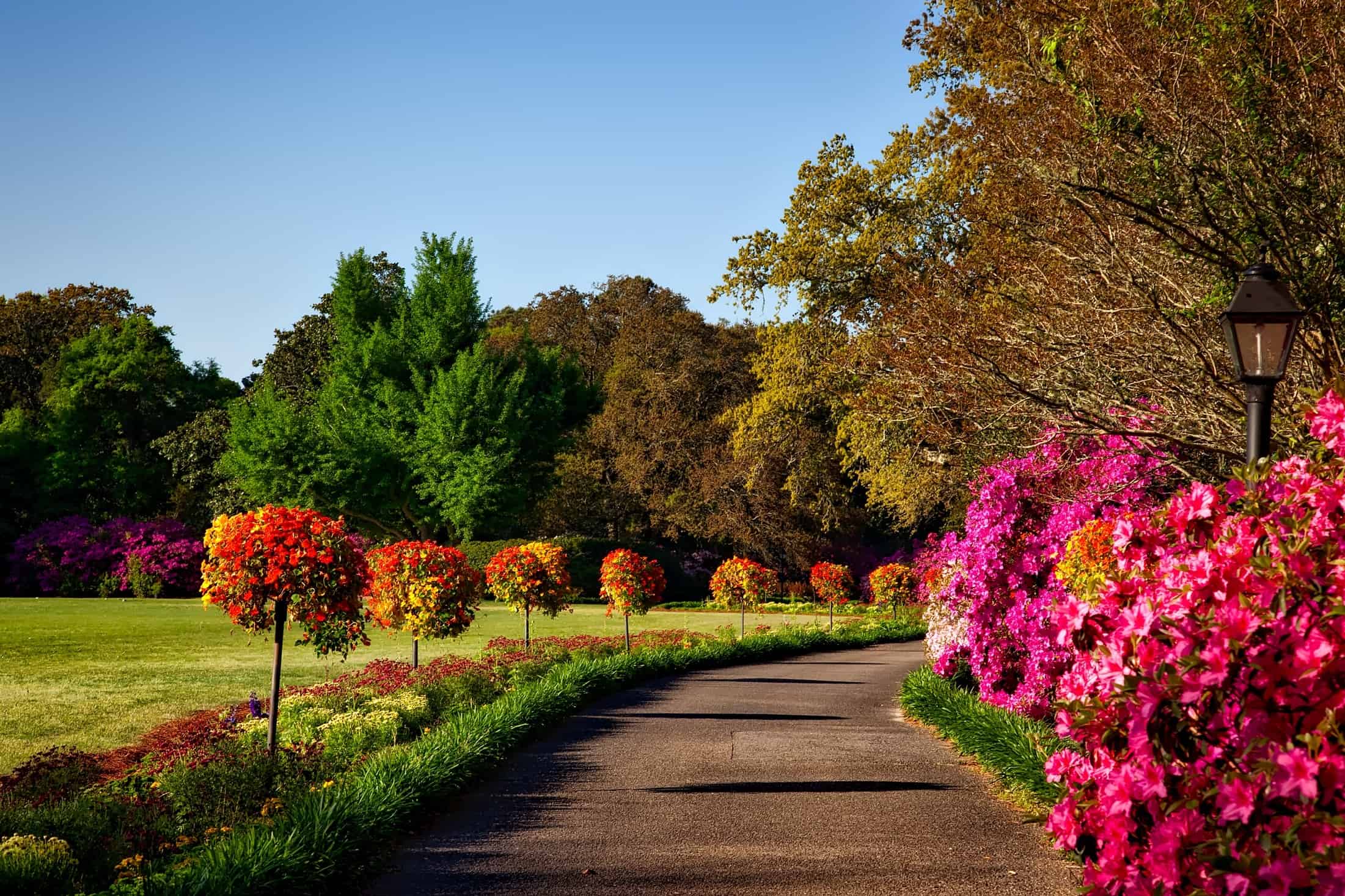Pool Designs: Transform Your Backyard With Luxury Soake Pools in Northern Virginia


By Ed Ball | Published on August 30, 2021 | 2 min read

It seems evident that something as organic as a landscape would also be good for the environment, but that’s not necessarily the case. Since we can have plant species in our own backyard from nearly anywhere in the world, we sometimes end up with plants that take more from the environment than they give back.
What is “eco-friendly?”
Also known as sustainable landscaping, eco-friendly landscaping consists of plants and materials that do not harm the environment. “Harm” sometimes comes in the form of needing excess water to survive our climate, relying on chemicals for proper growth or other additional maintenance to ensure success.
Eco-friendly plants are typically native to the region and can thrive in the climate without irrigation systems, soil amendments, or chemical support. Sustainable plantings are meant to live in balance with the environment and support the natural ecosystem. The results include:
Eco-friendly design
While choosing the right plants at the garden center is a start, there is more to eco-friendly design than native plants.
One of the often-forgotten pieces of the landscaping puzzle is managing the natural water in your existing landscape. High- and low-water areas, flood spots, and patches that never entirely dry out are all opportunities to put the water already in your yard to better use. Water can be more effectively used to feed your landscape through intelligent, eco-minded design, thereby reducing water usage, erosion, and run-off.
Another element of eco-friendly design is the placement of trees and large shrubs to provide climate control to the home. Shading the house can lower energy bills in the summer, while strategically-placed evergreens can provide wind blocking in the winter. A sustainably designed landscape will work with the natural elements rather than against them.
One of the least eco-friendly areas of a typical landscape is the lawn. While a uniform, lush lawn is coveted by many, it takes a lot of water, fertilizers, and maintenance to look its best. A sustainable design will include thoughtful placement of the lawn and reduce the expanse whenever possible. From veggie gardens to wildflower areas, there are many alternatives to turf when it comes to your landscape.
A pillar of sustainable design is the reduction of waste in the landscape. To support this, there are several actions you can take.
Designing an eco-friendly landscape has many money-saving benefits in addition to being good for the environment. Once you look through the lens of sustainability, you’ll never see your yard the same again!